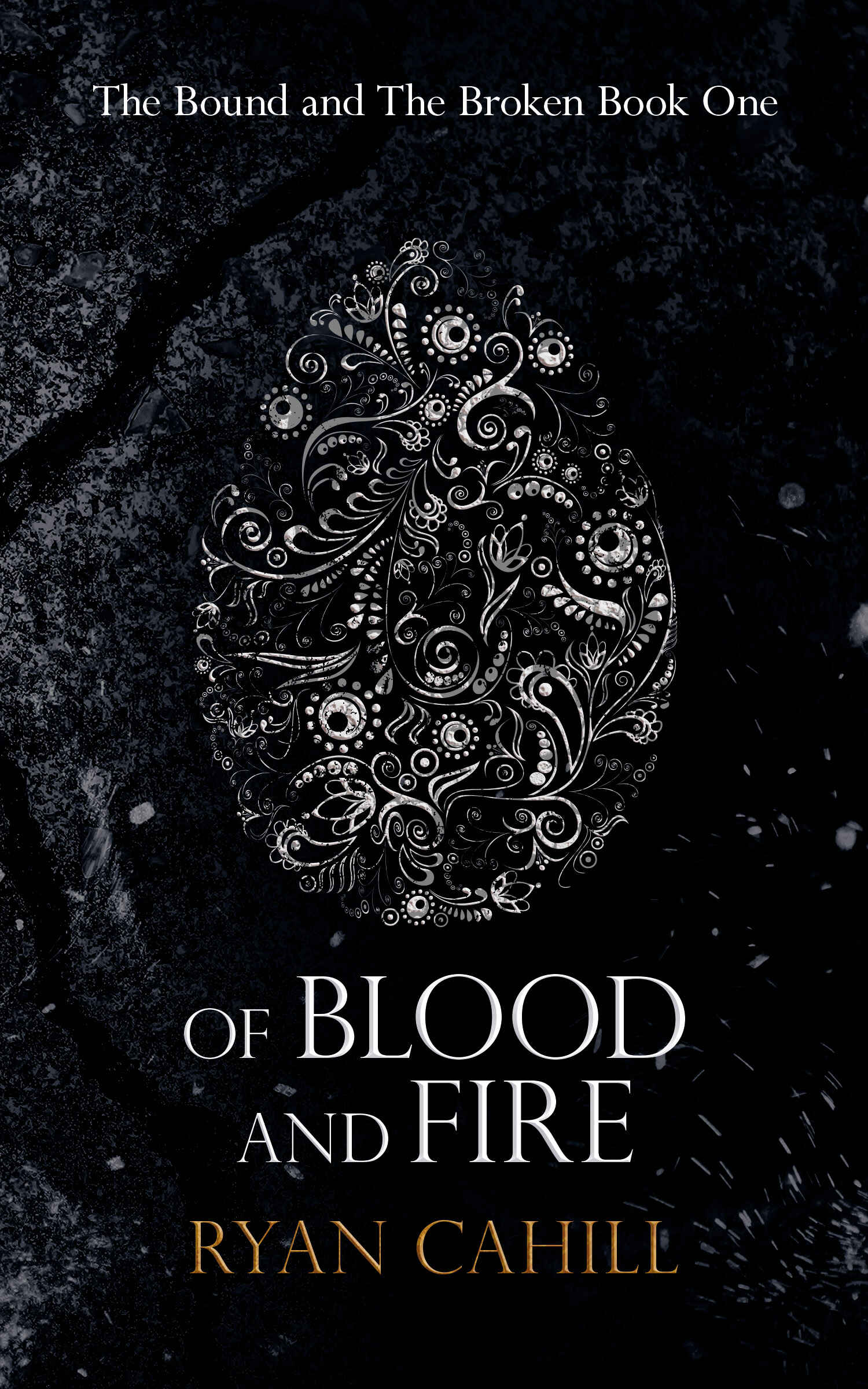
Fantasy
There’s clearly an awful lot more from where it came from, and Ryan Cahill is clearly in no hurry to show the full extent of his impressive range

Reading can sometimes feel like a chore on some days, especially when you were formerly on a long reading streak and are now struggling to find something interesting to hold your attention for long enough.
This kind of reading, “burnout,” has happened to me a few times over the last few years. Perhaps it’s a side effect of having read too many books in Uni, or it’s just that adulting gives me less time to read now than back then.
Whichever the case, I’m glad to have followed the urgings of my Godmother-in-Fantasy, Maryam Abdullahi, and taken the plunge on a book I’d formerly DNFed after just one chapter.
In truth, Of Blood and Fire was a bit of a slow read at first. For large spells at the start, I wondered how long it would take for the pace to pick up finally. Nevertheless, in retrospect, I understand that the initial pacing was necessary. Indeed, it was vital, as it set the stage for much of what happened subsequently.
Plus, when you examine the sheer sizes of volumes 2 and 3 of the series, the former of which is twice the size of book 1, you realize that the pacing is deliberate. There’s clearly an awful lot more from where it came from, and Ryan Cahill is clearly in no hurry to show the full extent of his impressive range.
The world-building is magnificent. There are tons of names and places, all wonderfully described and just as wondrous to daydream about and imagine.
Epheria, in some ways, reminds me of Midkemia and Roshar. However, any seasoned fantasy reader encountering this world for the first time will quickly draw parallels with Middle-Earth. It’s clear that the writer draws many of his world-building inspirations from the Tolkiens and Robert Jordan of this world. There are elves, dwarves, dragons, Dragonriders/Dragonlords, humans, and mages. There are dark forests and a Trolloc/Orc species that the author names Uraks.
The magic system is drawn from the same references and based on the five-element system that many classical/traditional fantasy authors have used.
Nevertheless, unlike many of his peers, Ryan Cahill somehow takes the best elements of what many critical fantasy readers would look down on as “standard” or “cliché” and manages to create something genuinely astounding.
The main characters are dogged and resilient. Although I expect more pronounced character development in subsequent books in the series, I liked that the author didn’t shy away from revealing the beginnings of what will be a very bulky cast.
Of Blood and Fire is traditional fantasy at its very best. After the golden age of this subgenre in the 80s and 90s, it’s been hard to find any new books that wield the standard tropes to such efficiency. I’ve read (and DNFed) plenty of such books in the past. These days, most authors gravitate to the darker themes or write various versions of Epic Fantasy, using different innovative themes and techniques to deliver unique work.
One such work I recently read, Daniel T. Jackson’s Illborn, was quite brilliant. However, sometimes, I crave the entire array of traditional tropes. Sometimes I want to immerse myself in a well-detailed world and watch Mages weaving their elemental magic, dwarves showing their eternal stubbornness, dragons bonding new riders, and the threat of a Dark Lord looming far off, yet drawing ever closer.
Few, if any, authors in the 21st century have managed to pull off this blend successfully, but Ryan Cahill has.
I recommend this book to lovers of traditional fantasy looking for something cool and calm to relax from the chaotic waters of equally messy modern-day fantasy.
I am proceeding to book two immediately!

The Tyrant Overlord. Fantasy buff and avid football fan.